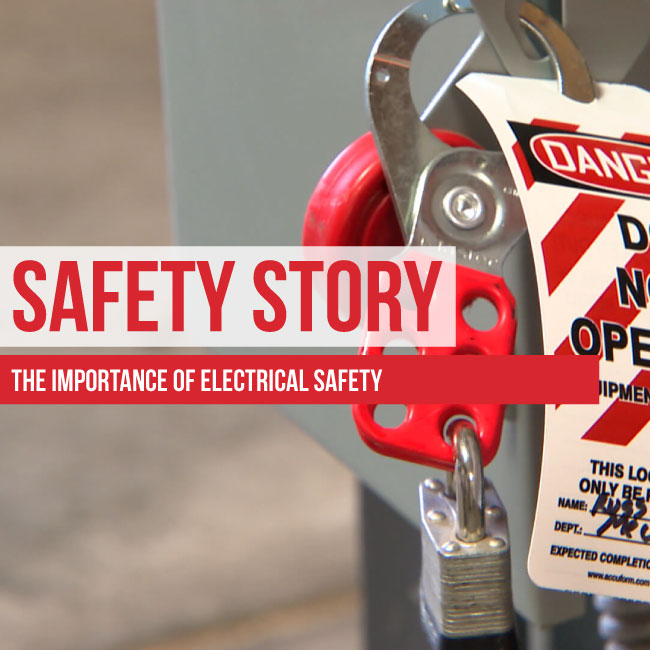United States


Live Wires

A Safety Story from our SVP of Safety
In 1996, I was the university safety engineer at Cornell University. That winter, I received a report from the School of Agriculture that one of their outlying teaching farms had fuel leaking from an underground storage tank (UST). The tank had perforated due to corrosion, so our industrial hygienists chased fuel vapors seeping up from the ground to a manhole. Testing with a tube through a small opening, I saw the vapors were at 100% of the lower explosive limit (LEL).
We came up with a plan. First, we excavated down the side of the manhole, shut off the water supply, cold cut the pipe, and blew fresh air in through the opening for six hours until we got below 10% of the lower explosive limit. Then we opened the lid, dropped in even more ventilation. Finally, I brought a couple of our electricians from the main campus to shut off all power. After an hour, they told me they were 85% sure all the power was off but couldn’t be certain because the farms’ systems were complex and spread out. I decided to enter the manhole to see for myself.
I briefed the confined space entry procedures and had the attendant man the tripod. I informed my team I was going down into the space to test the wiring to the heater, and if it was still energized, I would depart and get the electricians back to search for the source. So far, all according to plan.
As I was descending the ladder with all my PPE on, I noticed that I was within reach of the main breaker panel. I paused and decided I could shut off the main breaker right here and now. Big mistake: I veered from the plan!
As soon as I pulled the breaker, I felt the pressure of an explosion and could feel the brightness from the flash even with my eyelids closed. I knew instantly what happened. The underground electrical conduit had been saturated with the leaking fuel and, although we cleared the space of vapors, the closed electrical panel was still full of vapor. As a result, I burned half my moustache and a bit of hair, but after a quick haircut that evening, I didn’t look too bad for someone who was given the temporary nickname “The Flash.” We made a plan for a reason, and I’m lucky my decision to stray from it didn’t have more serious consequences.

A Safety Story from Structure Tone Boston’s Safety Director
On one of our sites, an electrical foreman received a call that a sheet metal worker had been shocked while wrapping duct work in the kitchen area. When the foreman arrived at the area of the incident, he looked around and noticed a junction box with spliced wires and no wire nuts.
The electrical foreman immediately put a non-contact voltage tester to one of the wires and saw that there was voltage present. He then turned off the only lighting circuit breaker that was turned on to feed that floor and capped the wires. Although he was a little shaken up, the sheet metal worker said he felt fine but one of our superintendents insisted he go to the hospital and get checked out.
After the incident, our team ensured there was proper signage on all panels. They requested access to the electrical rooms in case of emergency, and even created a Method of Operation (MOP) checklist which had to be completed on all floors before each shift. Finally, they held an “All Hands” safety meeting to inform everyone onsite about these changes.

